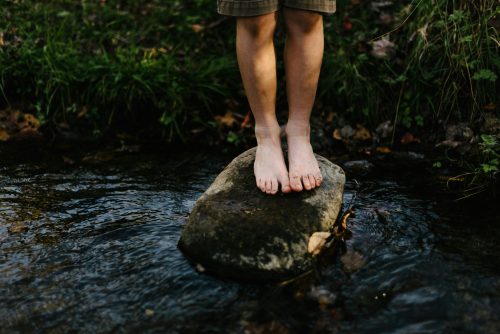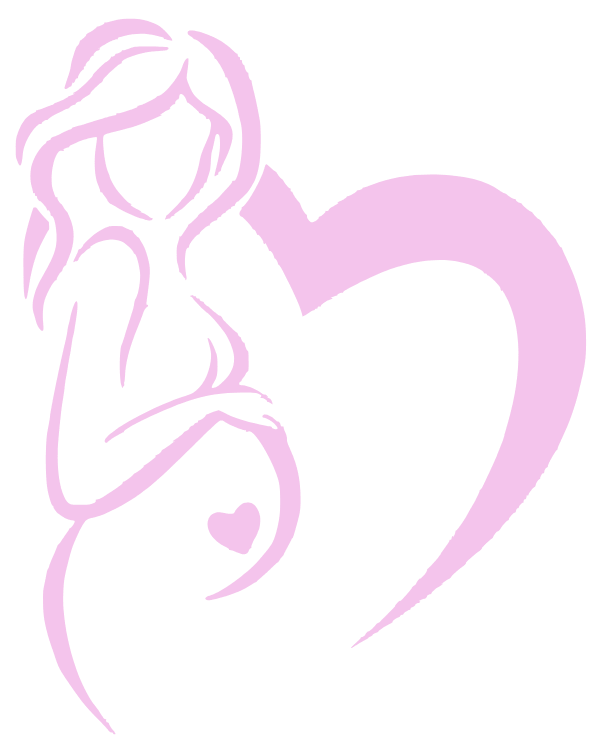What are shin splints?
Shin splints are a chronic strain injury to the muscles of the shin and clinically known as either medial tibialis stress syndrome (MTSS) or anterior tibialis stress syndrome (ATSS) depending on which area the shin is strained. It is a painful condition and often associated with running, sports, or rigorous activity on uneven surfaces.
As the muscle of the shins over work, due to unstable or extended use, they tighten. Blood flow and nutrition become insufficient and the tissues strains.
Either the muscle, the tendon or muscle-bone attachments inflame and pain occurs. If this happens regularly, the strain can lead to more complicated damage to the bone, tendons or muscles.
Orthopedic muscle testing is used to determine shin splints from other painful conditions such as stress fractures or compartment syndrome, both requiring referral to musculoskeletal specialists.
What causes them?
A rapid increase in the amount or intensity of exercise.
An ankle joint rolling inwards too far, known as over-pronation.
Running on hard ground or uneven surfaces.
A lack of supportive footwear.
An ankle joint rolling inwards too far, known as over-pronation.
Running on hard ground or uneven surfaces.
A lack of supportive footwear.
How does acupuncture bring relief to shin splint pain?
If you have MTTS where pain felt along the inside of your shin bone, typically the Spleen, Liver and Kidney muscle meridians traveling along the instep and inside shin are assessed for treatment. Acupuncture points spleen 6 to 9 and Liver 3 to 6 are all felt for

tension and tenderness and stimulated with acupuncture techniques to reduce pain and improve the blood flow and nutrition to the area. The tibialis posterior and soleus muscles may also require dry needling to improve their function and strength.
With pain affecting the front or anterior part of the shin (ATTS) the Stomach meridian is involved, and the muscles of tibialis anterior, extensor digitorum longus and extensor hallucis longus. To reduce pain and improve function, treatment includes dry needling and assessment of the most affected acupuncture points including Stomach 36 to 40.
Adding to this a shallow line needling technique is used along the painful region to reduce inflammation and release fascial adhesions. Often the back, and outside of the lower leg may need some extra support with needling, as there are relationships to muscle tightness here, aggravating the pain or contributing to an imbalanced stride.
How long does it take to get the full benefits?
It’s great to understand that treatment of all injury and pain can take some work. Twice weekly for three weeks, with weekly treatments for three more weeks (if needed) is the recommended dose alongside rehabilitation exercises, arch supports and rest. This is generally sufficient at reducing pain and inflammation for optimal sustained recovery.
Acupuncture for shin splints is a great way to get directly to the root of the muscle tension and inflammation, improve blood flow and nutrition, balance muscle function and reduce pain.
At The House of Acupuncture our work is to improve muscle, tendon and other soft tissue function, to resolve and prevent injuries. If you are looking for support for shin splints under ACC please check your claim has been made with your Osteopath, Chiropractor, Physiotherapist or GP first, confirmed as accepted by ACC, and is no older than 12 months.



